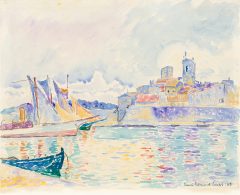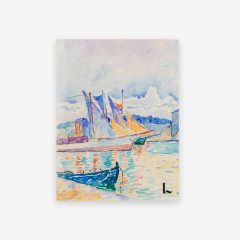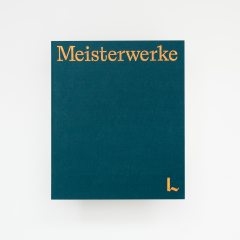George Grosz
"Grosz is a bourgeois mirror that precisely records the real face of Germany in our time. (Max Hermann-Neiße)
War cripples, criminals and corpulent generals: Georg Grosz feeds his world of motifs from the sharp social contrasts that characterized Wilhelmine society at the beginning of the 20th century. His critical caricatures aim at the ever widening gap between the bourgeois-capitalist affluent society and the population suffering from hunger and need. Inspired by the dramatic depictions of historical battles, Grosz made his first sketches as a child, in which he critically examined the reality of his life. The First World War marked a turning point in his artistic career: After a short period of military service, Grosz was able to escape from his military and increasingly devoted himself to the subject of the big city as a pictorial motif. His works show the gloomy picture of a society that has lost itself somewhere between vices, excesses and magnificent military marches. His early masterpiece Metropolis (1916/1917) is paradigmatic for this. After more than 20 years in America, Grosz returned to Germany in 1959, where he died a short time later. Today, George Grosz is one of the main representatives of Neue Sachlichkeit.






